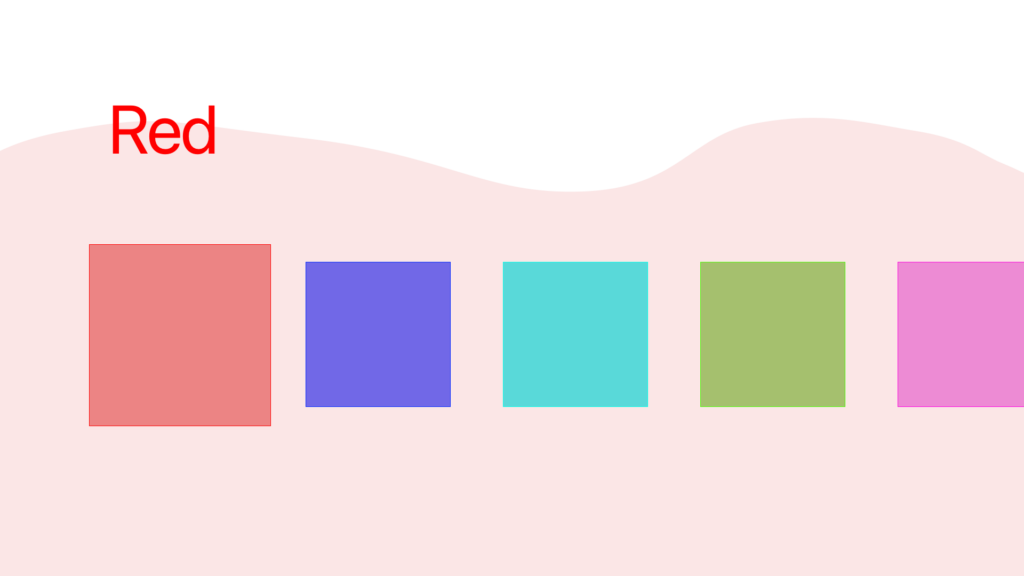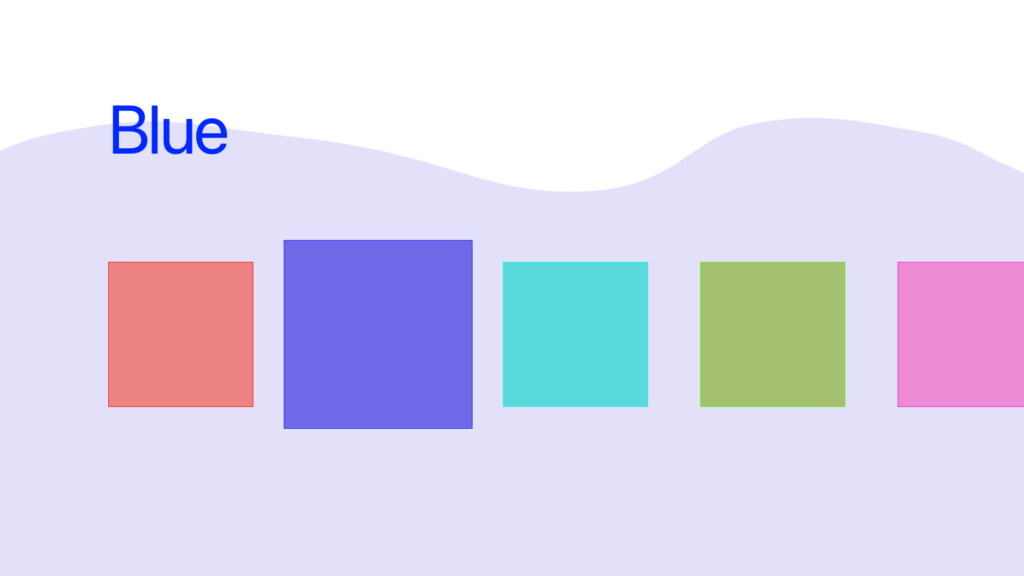I recently had someone ask for recommendations for dev blogs to fill out their RSS reader. After going through what I have in my RSS reader, I realized that this would make a good little post—these have all been helpful resources to me, so it seems likely they could be helpful to someone else. (I have also been informed by a friend of mine that I should include myself in this list, but I figure you’re already here. Go ahead and throw this site URL into your RSS reader, the feed is nice and discoverable.)
So, in no particular order, developer blogs:
- Use Your Loaf posts fun little things, usually regarding iOS development.
- The Always Right Institute does terrible, terrible things with Swift, and they’re consistently a delight to read.
- SwiftLee writes very solid articles explaining various Swift language features, iOS API things, and general career tips.
- Swift with Majid does weekly deep dives into SwiftUI… and may or may not be the inspiration for my recent spate of programming posts.
- Swift by Sundell is one of the definitive Swift sites; not only does John Sundell write up plenty of great articles (see ‘Swift Fundamentals’ as a great starting point!), he also has a couple podcasts, if listening is more your style.
- Reda Lemeden does some fun explorations of Swift, as well as more general things with his “This Week I Learned” posts.
- Gui Rambo does some really neat explorations of what’s possible on iOS when he’s not cracking open the developer betas to see what features Apple forgot to feature-flag out of the build.
- Povilas Staškus hasn’t posted in a while, but his posts are worth a back-read; the Jekyll-to-Publish migration was a fun one. And, hey, putting an infrequent poster in RSS is what RSS is for!
- NSHipster is a venerable name in the iOS dev world; not as actively updated as it once was, but the back catalog is extremely solid, and will quite often be one of the first results when Googling various things.
- Kristaps Grinbergs writes in a similar vein to Swift with Majid, with explanations of various parts of the SwiftUI API.
- Julia Evans is a break from my very iOS-heavy list so far; she does comics and zines explaining general programming concepts, command line tools, and all sorts of stuff. Seriously good explanations, I recommend checking them out.
- Brent Simmons blogs about NetNewsWire, life as a developer, and neat bits of history in the Apple world.
- Steven Troughton-Smith may well be the expert on Catalyst apps; his recent post of various sample apps is a wonderful resource if you’re looking into bringing an iPad app to macOS.
- Erica Sadun’s blog has recently been a lot of neat macOS automation stuff; she’s also a frequent contributor to Swift itself.
- On Hacking With Swift, Paul Hudson provides excellent WWDC coverage and an amazing array of tutorials and documentation.1 If you’re just getting started, go through his free 100 Days of Swift and 100 Days of SwiftUI courses.
And, in addition to all those blogs, I also funnel email newsletters into RSS whenever possible. My top picks from that list are:
- iOS Goodies provides a little commentary with a list of articles.
- iOS Dev Weekly comes with much more commentary; I’m also a fan of the “and finally…” section, it’s a nice ending every week.








